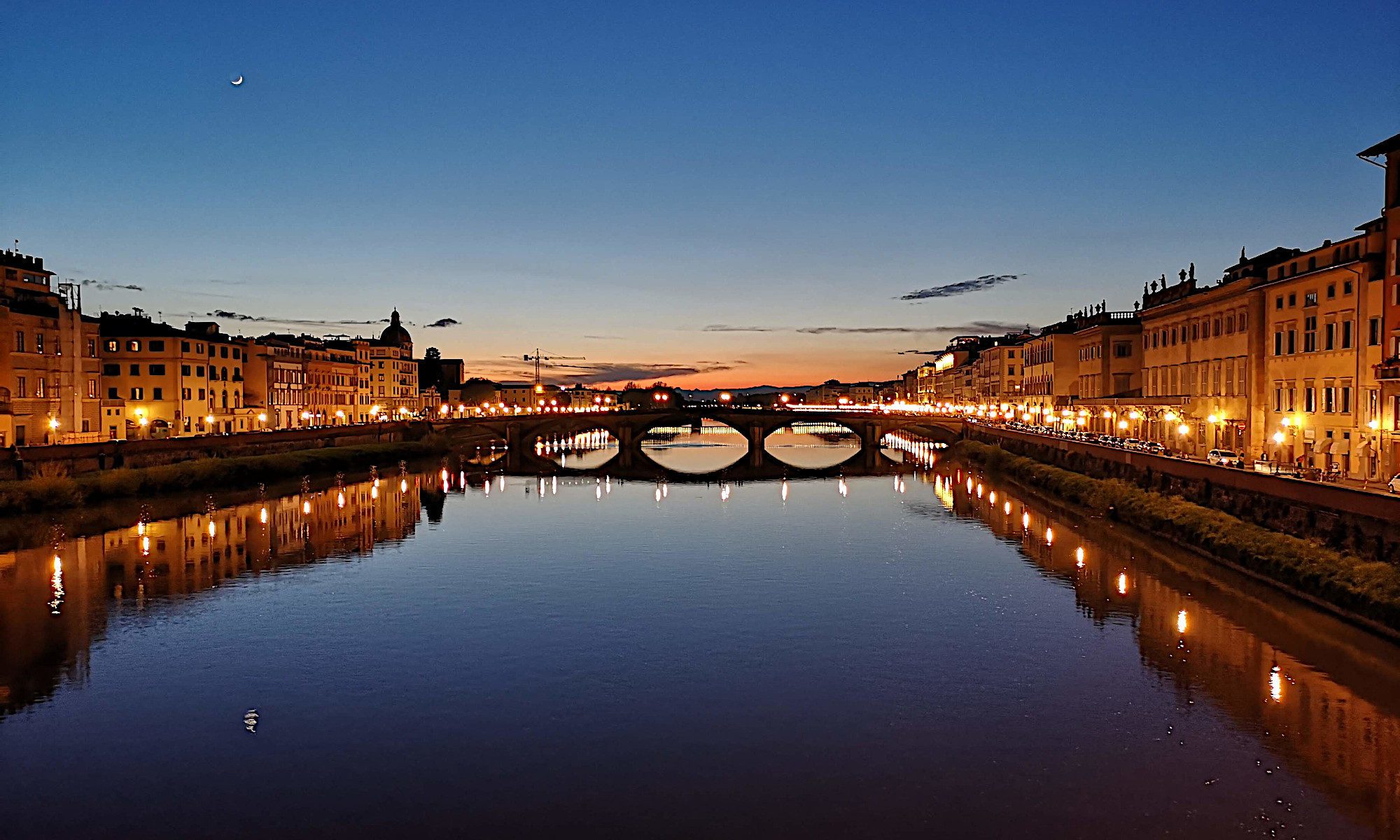Whenever we travel somewhere within driving distance, I like to bring the kayaks, in case there’s a lake or a river or something where I can paddle around and see the scenery from a different perspective. So when we went to visit my daughter and son-in-law in Ancaster (near Hamilton, west of Toronto) I brought the kayaks and looked around for a place to paddle. Driving past Hamilton on the highway, you can see a large body of water to the north, and I had always wondered what it was, and whether I could paddle there. So I looked it up and it turns out it’s a wetland area called Cootes’ Paradise, which was created in 1927 and includes a marsh that’s about 320 hectares in size.

So one morning, when it looked like it was going to be warm and sunny, I drove down to a park right next to the wetland and dropped the kayak into the water and headed out. Right away I saw a bunch of white egrets sitting on a berm, and as I turned the corner into the larger part of the lake, I could see it was about half a kilometre across or so, with a couple of narrow channels I could paddle down, so I headed out to explore one. Someone seemed to have sent a memo to all the turtles telling them to lie out in the sun, because literally every downed tree was covered in turtles of various sizes.

Paddling further down, I saw more turtles, along with a red-tailed hawk, and of course lots of ducks and geese. Once I got back in the main part of the marsh, I saw a pair of swans — and took a somewhat incongruous picture with a swan in the foreground and a multi-lane highway in the background. I saw a great blue heron as well, just minding his own business. And I also saw a lot of what appeared to be giant fish swirling around and splashing, and then at some point I realized that the huge lake I was paddling across was maybe six or eight inches deep — so the fish were almost too big for the lake.

I did some research while I was floating around, and it turns out that many of Hamilton’s waterways are infested with carp — and I say infested because they are an invasive species, one that crowds out other native types of fish, because they grow incredibly quickly and they eat almost everything in sight. I also found out that the massive wetland and marsh I was paddling in was about one third sewage — at some point, the city realized that a gate from a sewage pond had been open for years and billions of litres of sewage had drained into the wetland.

Those two issues are related, it seems. Hamilton harbour apparently has chronic issues with high oxygen levels, a result of too many nutrients getting into the bay from sewage treatment plants and urban runoff. And non-native species such as carp and goldfish require less oxygen than native species such as walleye or bass, so they thrive where other fish might not. All that said, there seemed to be plenty of wildlife in Cootes’ Paradise, so all is not lost. But I did make sure to take a shower after I got home, since I had to wade into the water to float the kayak 🙂
